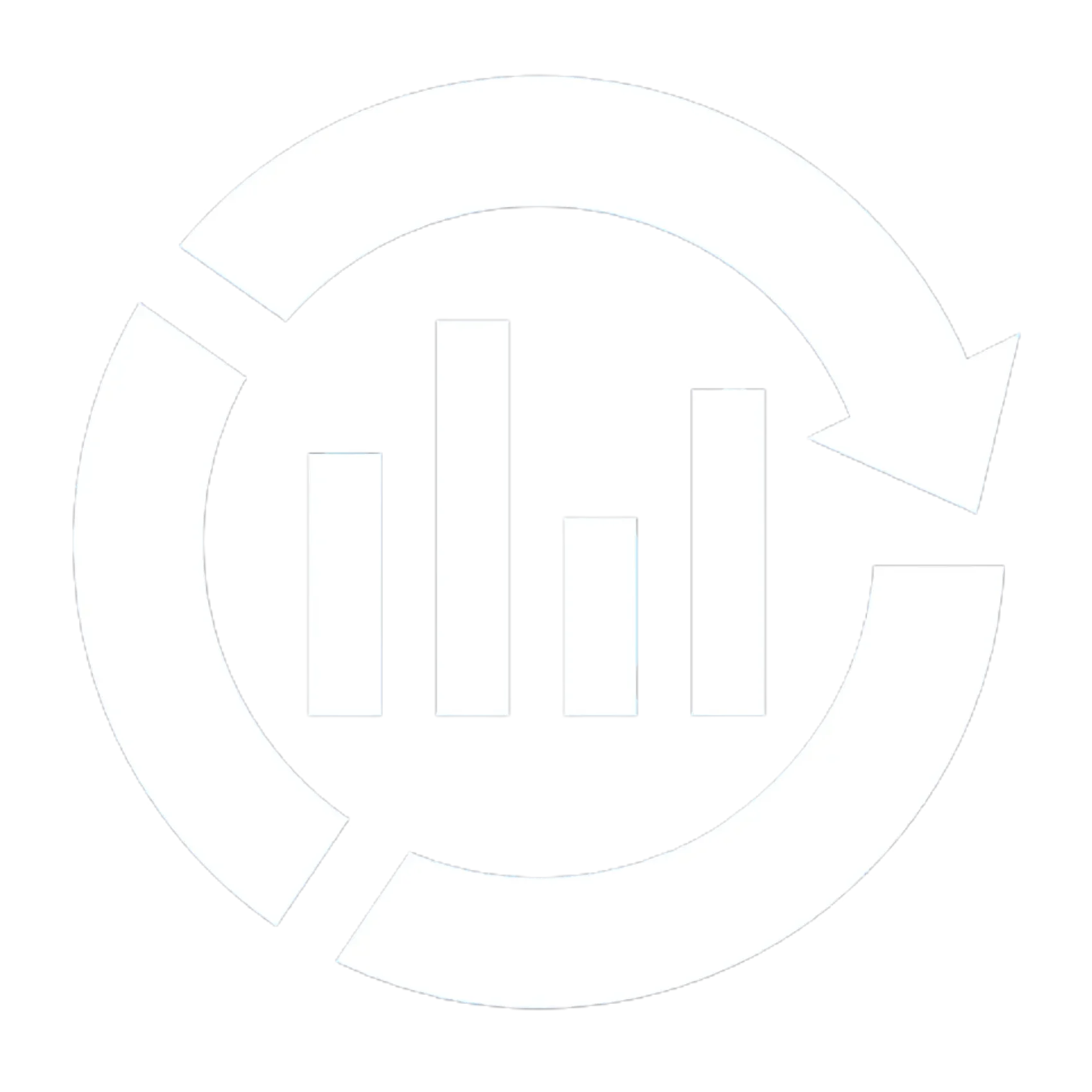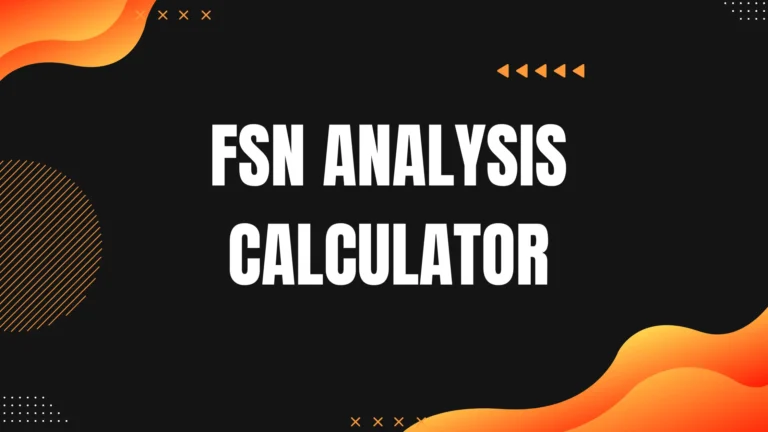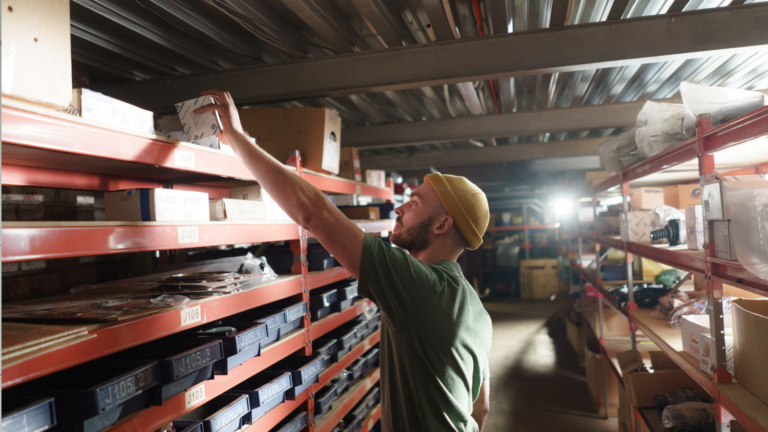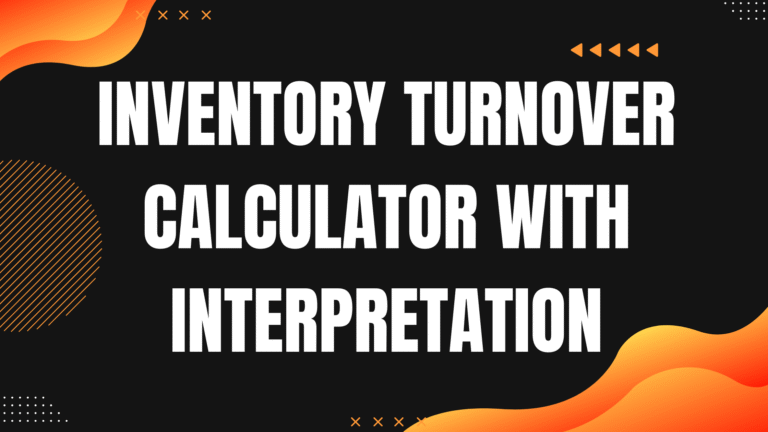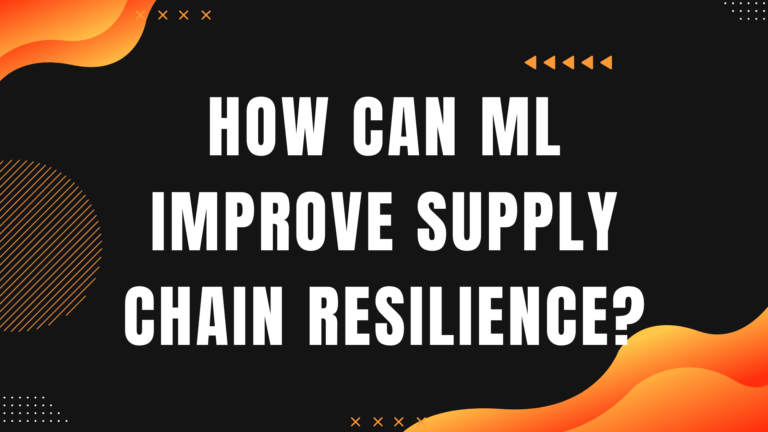Forecasting demand for perishable goods with short shelf life is one of the toughest challenges in supply chain analytics. Unlike durable products, where inventory can sit in storage for weeks or months, perishables such as fresh produce, dairy, and baked goods spoil quickly. This creates a razor-thin margin for error. Order too much, and you face waste and lost profits. Order too little, and you disappoint customers and lose sales. The question then becomes: how do businesses strike the right balance?

In this article, we’ll explore why forecasting perishables is uniquely difficult, the strategies companies use to manage it, and the technologies shaping its future.
Why Forecasting Perishable Goods is Different
Perishable demand forecasting is tricky because of two key factors:
- Short shelf life – Some items, like leafy greens or pastries, spoil within hours or days.
- Volatile demand – Weather, festivals, promotions, or even local events can cause sudden spikes or drops.
This means businesses cannot rely solely on traditional, long-term forecasts. They need shorter time horizons, dynamic adjustments, and real-time signals to stay accurate.
Strategic Methods to Forecast Perishables
Perishable goods are the most unforgiving segment of any supply chain. With short shelf lives and demand that can shift by the hour, even a small forecasting error can translate into wasted inventory or missed sales. Traditional long-range forecasting simply doesn’t work here—what matters is accuracy in the next few hours or days. To stay competitive, businesses handling fresh produce, dairy, bakery items, or meat must rely on smarter, more agile forecasting strategies that balance freshness, customer demand, and minimal waste. The following methods highlight practical and advanced approaches companies can use to forecast perishables effectively.
1. Use Short Forecasting Windows
Perishable goods require daily or even hourly forecasting. For example, bakeries often predict demand in 4–6 hour cycles to match baking schedules and minimize waste.
2. Blend Historical Data with Real-Time Drivers
Historical sales patterns provide the baseline, but external factors add context. Smart forecasting blends both. For instance:
- Hot weather increases ice cream demand.
- Weekends boost dairy and bakery sales.
- Festivals create surges in milk, sweets, or meat.
By combining past data with real-time inputs, businesses can adjust forecasts quickly.
3. Segment Products by Shelf Life
Not all perishables require the same forecasting approach. Businesses can classify products into categories:
- Ultra-short shelf life (0–2 days): pastries, leafy greens.
- Short shelf life (3–7 days): dairy, cut fruit.
- Medium shelf life (7–30 days): frozen meat, packaged juices.
This segmentation ensures the right forecasting technique is applied to each group.
4. Adopt Machine Learning Models
Modern forecasting tools such as ARIMA, Prophet, or XGBoost are capable of handling multiple variables—seasonality, promotions, weather, and holidays—simultaneously. These models outperform traditional averages by detecting patterns humans often miss.
5. Strengthen Supply Chain Flexibility
Forecasting is useless without execution. Businesses must enable:
- Smaller, frequent replenishments to match demand fluctuations.
- Dynamic pricing to sell near-expiry items quickly.
- Agile supplier coordination to scale volumes up or down at short notice.
Practical Example: Forecasting Fresh Milk Demand
Suppose a supermarket sells an average of 2,000 liters of milk per day. On a hot week, demand rises by 10%. During weekends, sales increase another 15%. If it’s also a festival week, demand spikes another 20%.
The adjusted forecast becomes:
2,000 × (1.10 × 1.15 × 1.20) = 3,036 liters
This layered forecasting approach prevents understocking during high-demand periods while minimizing spoilage.
Future of Forecasting Perishable Goods
Emerging technologies are revolutionizing perishable demand planning:
- IoT sensors monitor stock freshness and trigger replenishment.
- AI-driven dynamic pricing optimizes markdowns to reduce waste.
- Blockchain traceability improves visibility and accountability across the supply chain.
These tools will make forecasting more adaptive, helping businesses move from static predictions to self-correcting systems that respond in real time.
Frequently Asked Questions (FAQs)
A: Perishable goods are much harder to forecast because of two major challenges: their short shelf life and their unstable demand. Many items spoil in just hours or days, while demand can change suddenly due to weather shifts, holidays, or promotions. This makes long-term forecasts unreliable, so businesses need short-horizon, real-time forecasting methods.
A: Effective forecasting requires more than just historical sales data. Companies need to factor in seasonality, local events, weather conditions, pricing strategies, supply chain disruptions, storage constraints, competition, and even consumer buying trends. All of these variables influence how quickly perishable products sell.
A: For products like leafy greens or pastries that expire within a day or two, the most effective method is a combination of short forecasting windows, real-time signals such as weather or promotions, and advanced machine learning models like ARIMA, Prophet, or XGBoost. These techniques help capture complex, fast-changing demand patterns.
Final Thoughts
Learning how to forecast demand for perishable goods with short shelf life is not about predicting a perfect number—it’s about building an adaptive system. By combining historical data, real-time inputs, advanced forecasting models, and supply chain flexibility, businesses can reduce waste, improve margins, and deliver fresh products consistently.
For supply chain leaders, this is not just a matter of profitability but also of responsibility: ensuring food reaches consumers in peak condition with minimal waste.
If you’d like to put these forecasting strategies into practice, you can also check out a few of our free tools designed for supply chain planning—like calculators for safety stock, EOQ, and ABC analysis. They’re simple to use and can help translate forecasting insights into actionable decisions for managing perishables.
👉 Explore them here: Free Supply Chain Tools
